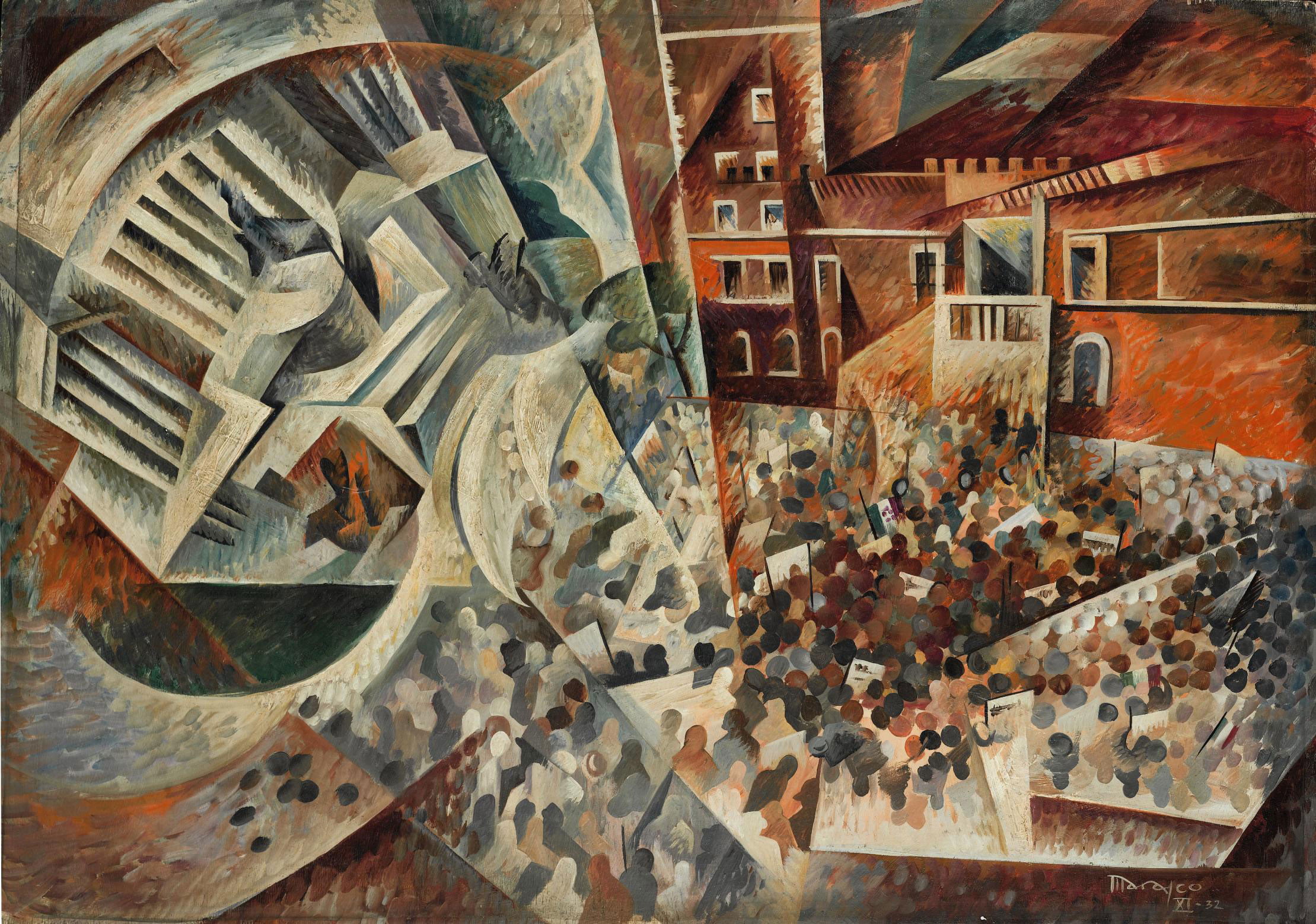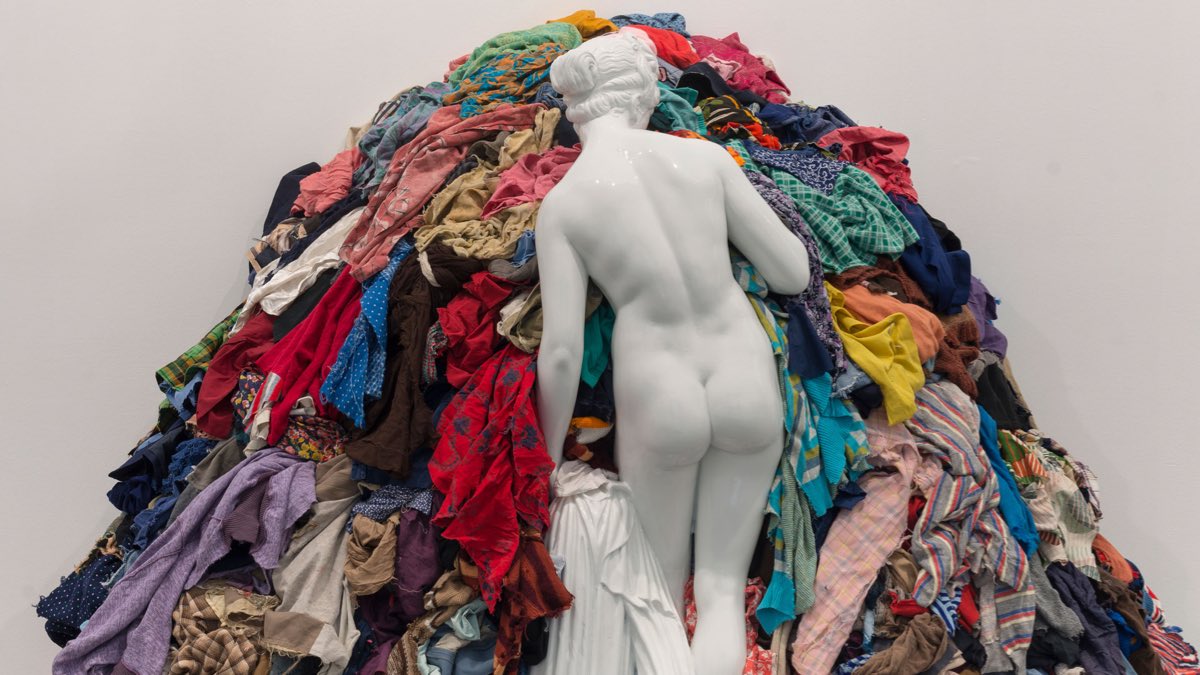Welcome to an exploration of the history of modern Italian art! On this journey, we'll be taking a closer look at the vastly different styles and approaches that some of Italy's most influential creative minds have employed over the years.
From Futurism's groundbreaking zero-sum approach to creativity and aesthetics in pre-WWI Italy all the way up through Arte Povera's examination of poverty as source material for artistic production in post-WWII Europe, this post will provide you with detailed analysis and insight into these two prominent Italian art movements.
So whether you are a seasoned veteran when it comes to dissecting abstract expressionism or just getting your feet wet in understanding Italian culture through its visual arts, this is sure to be both an informative and enjoyable read - so let’s dive right in!
Modern Italian Art Movements - Introducing the Futurism
Futurism was an Italian art movement that emerged during the early 20th century. It was characterized by a fascination with speed, technology, and modern life.
Futurist artists were deeply interested in exploring the future and the possibilities it held, and they sought to capture the hustle and bustle of the modern world in their work. They were interested in portraying movement and dynamism through abstract forms and bold colors, and they rejected traditional styles of art in favor of a more modern approach.
The early expression of Italian modern art, futurism paved the way for many other modern art movements to come. Through their bold and innovative approach to art, futurist artists challenged the conventions of their time and helped to shape the direction of art in the years to come.

The Rise of Arte Povera in the Post-War Period
In the wake of World War II, a new artistic movement emerged in Italy that challenged traditional art practices and materials. The artists were tired of the consumerism and excess that had fueled the war and sought to create art using poverty-stricken and unconventional materials.
Known as Arte Povera, which translates to "poor art," this movement used everyday objects such as stones, branches, and discarded furniture to create thought-provoking works of art.
The artists sought to blur the line between art and life, and their work emphasized the importance of simplicity, anti-consumerism, and the connection between nature and the human experience. Despite being initially dismissed by art critics, Arte Povera has become a significant influence on contemporary art and continues to inspire artists today.
A Different Definition of Beauty through Arte Povera
The concept of beauty is often defined by the standards of the dominant culture. However, the Italian art movement, Arte Povera, challenged this notion by presenting unconventional materials as an essential part of their art.
From discarded objects to organic elements such as soil and wood, Arte Povera artists embraced a new definition of beauty that celebrated the unconventional and sought to break the traditional boundaries of art.
By using everyday materials as a means to create their art, they opened up new avenues for exploring the beauty in the most unexpected places. Through the unique lens of Arte Povera, we can learn to appreciate the beauty that lies in the simplicity and the unconventional, and in doing so, challenge our preconceived notions of what is beautiful.
Key Figures of the Arte Povera Movement – Giuseppe Penone, Giovanni Anselmo and Michelangelo Pistoletto
The Arte Povera movement was a pivotal moment in Italian art history, and the key figures who drove it forward are celebrated to this day as some of the most innovative artists of the late 20th century.
Giuseppe Penone, Giovanni Anselmo, and Michelangelo Pistoletto are three of the most significant artists to emerge from this period, each bringing their unique vision and style to the mix. Penone's sculptures captured the beauty of nature through the juxtaposition of organic materials with industrial ones.
Anselmo's works were often site-specific, using natural elements like water and stone to create profound installations.
Pistoletto, on the other hand, was known for his provocative political artwork that commented on the social issues of the day. These three artists in particular were critical to the development of the Arte Povera movement, and their work continues to inspire new generations of artists to this day.
Discovering Emptiness and Possibility in the Works of Arte Povera
The art movement known as Arte Povera emerged in Italy in the 1960s and 1970s. It captured the attention of art enthusiasts and critics alike with its unconventional materials and methods. At the heart of its philosophy was the idea of discovering emptiness and possibility.

Instead of using traditional art materials, Arte Povera artists incorporated organic and found objects into their works. These objects were often stripped of their original purpose, leaving them to exist purely as objects in their own right.
Through this approach, Arte Povera artists sought to reveal the beauty in simplicity and the potential for meaning in the ordinary. The works created by this movement challenge the viewer to think beyond traditional ideas of art and find the art in unexpected places.
How Modern Italian Art Movements are Influencing Contemporary Art Today
Italian art has always been known for its timeless beauty and remarkable techniques. Nowadays, modern Italian art movements are leaving a great impact on contemporary art. These movements revolutionized the art world with a unique approach to art.
The Futurist art movement, for example, emphasized speed and technology, and it gave birth to some of the most iconic Italian artworks. The Arte Povera movement, on the other hand, celebrated the use of unconventional and everyday materials, transforming the ordinary into something special.
These movements have inspired contemporary artists in their creations, resulting in a new art form that combines modernity and tradition. Indeed, contemporary Italian art is living proof of the power of influence that these movements have had, and continue to have, on the art world.
Art movements come and go, but the beauty of modern Italian art remains timeless. Through Futurism and Arte Povera, Italian art is a reminder that beauty comes in all shapes and forms. It invites us to explore and appreciate the different definitions of art while also granting audiences a unique aesthetic experience.
The movement has inspired many generations since its emergence over 80 years ago, from Giuseppe Penone, Giovanni Anselmo, and Michelangelo Pistoletto up to today's contemporary artists who are creating remarkable pieces of art.
While it can be hard to pinpoint the exact influence of Italian modern art, its impact on modern society is clear – its emphasis on creativity encourages us to see emptiness or unused space as a source of possibility.
So don’t miss the chance to experience this movement for yourself! Who knows–you might discover something new about yourself in the process.
